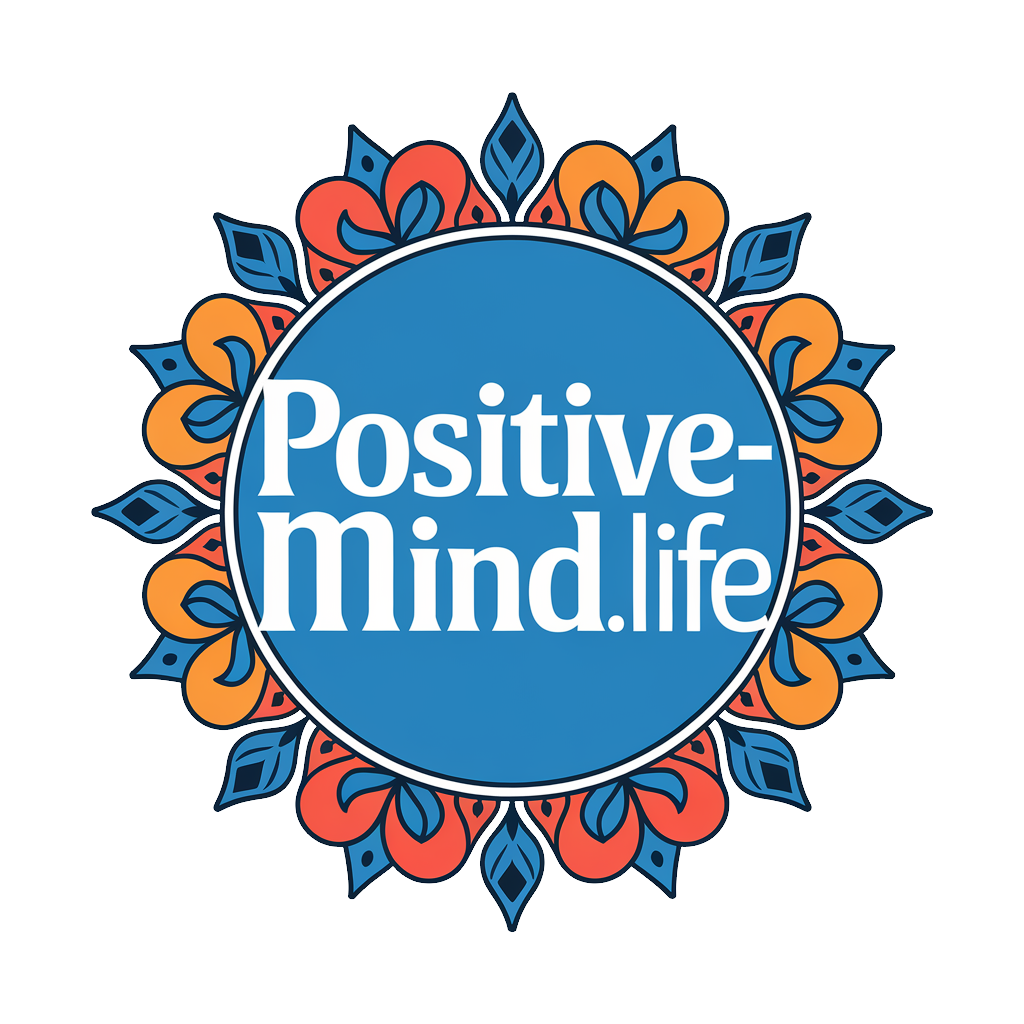Unlock Your Inner Strength by Overcoming Fear and Doubt – Here’s How!
You can unlock your inner strength by facing your fears and doubts head-on. Start by identifying what truly holds you back—perhaps it’s a past experience or a lack of confidence. Once you’ve pinpointed these, shift your mindset to see challenges as growth opportunities. Try gradual exposure to your fears, breaking them down into manageable steps. Embrace vulnerability by connecting with supportive individuals who inspire you. Each small victory counts, and reflecting on past successes will strengthen your resolve. Keep pushing forward, and you’ll discover powerful strategies to fuel your journey to self-discovery and resilience. More insights await you!
Key Takeaways
- Identify the roots of your fears and doubts through personal reflection, transforming them into opportunities for growth and mastery.
- Adopt a growth mindset by viewing failures as learning experiences, which enhances resilience and self-confidence.
- Utilize gradual exposure and visualization techniques to confront fears, building confidence and reinforcing belief in your abilities.
- Build a supportive network of inspiring individuals who can provide encouragement, mentorship, and accountability in your journey.
- Consider professional guidance to gain clarity and uncover limiting beliefs, fostering personal growth in a safe and constructive environment.
Understanding Fear and Doubt
Fear and doubt can feel overwhelming, but you’re not alone in facing these emotions. Understanding the psychology behind fear can empower you to confront it head-on. Fear is often rooted in past experiences or perceived threats, and recognizing its origins is the first step in mastering it. Reflect on moments that triggered your fears; this awareness can help you dismantle their power.
Doubt, on the other hand, often stems from a lack of confidence or external pressures. Acknowledge these feelings without judgment. They’re a natural part of growth, but don’t let them control your actions. Instead, challenge your doubts by seeking evidence of your capabilities. Create a list of your past successes to remind yourself of your strengths.
Now, take action. Set small, achievable goals that push you beyond your comfort zone. Each time you face a fear or challenge a doubt, you build resilience and self-assurance. Remember, mastery comes from consistent effort. So, embrace your journey, learn from setbacks, and celebrate your progress. You have the power to transform fear and doubt into stepping stones toward your inner strength. Keep moving forward; you’re on the right path.
Identifying Your Personal Fears
Recognizing your personal fears is a vital step in your journey to inner strength. It’s not always easy, but identifying what holds you back is crucial. Start by taking some quiet time for personal reflections. Ask yourself, “What are my fear triggers?” Write them down. Are they linked to past experiences, future uncertainties, or perhaps the opinions of others? By shining a light on these fears, you make them tangible, and that’s the first step toward overcoming them.
Consider the situations that make you anxious. Is it speaking in public, pursuing a new career, or facing rejection? Each fear you identify can serve as a doorway to growth. Challenge yourself to explore the roots of these fears. Why do they affect you? What’s the worst that could happen if you confront them?
As you delve deeper, remember to be kind to yourself. Everyone has fears; it’s how you respond to them that defines your path. Embrace this process of self-discovery. Each fear you identify brings you closer to unlocking your inner strength and mastering the life you desire. You’ve got this!
The Power of Mindset Shift
Transform your perspective, and you’ll discover the incredible power of a mindset shift. This isn’t just about positive thinking; it’s a profound mindset transformation that can redefine your reality. When you practice cognitive reframing, you learn to view challenges as opportunities for growth.
Here’s a simple breakdown to help you visualize this shift:
| Old Mindset | Mindset Shift | Result |
|---|---|---|
| I can’t do this. | This is a chance to learn. | Increased resilience. |
| Failure is the end. | Failure is a stepping stone. | Embracing growth. |
| I’m not good enough. | I am capable of improvement. | Boosted self-confidence. |
Practical Techniques for Overcoming Fear
As you embrace a new mindset, it’s time to tackle the fears that hold you back. Start with fear exposure; gradually face what intimidates you. Break it down into manageable steps. If public speaking terrifies you, begin by speaking in front of a mirror, then progress to a friend, and eventually to a larger audience. Each exposure builds your confidence, making the fear less daunting.
Next, incorporate visualization techniques. Picture yourself succeeding in the situations that frighten you. Close your eyes and imagine delivering a powerful presentation or engaging in a challenging conversation. Visualize every detail—the sounds, the atmosphere, the reactions. This mental rehearsal primes your brain for success, reinforcing a belief in your abilities.
Commit to a daily practice. Set aside time to visualize your triumphs and confront your fears. Over time, you’ll find that these techniques not only diminish your fears but also empower you to pursue your goals with courage. Remember, fear is a natural part of growth. By actively engaging with it, you’ll unlock your inner strength and step into a more confident, fearless version of yourself. Take that leap—you’ve got this!
Embracing Vulnerability as Strength
Vulnerability is often seen as a weakness, but it’s actually a powerful source of strength. When you embrace your vulnerabilities, you open the door to authentic connections with others. It’s in these moments of honesty that you show your true self, creating bonds that are deeper and more meaningful. Acknowledge your fears and doubts; they don’t define you. Instead, they highlight your courage to be real.
Start small. Share a fear or an insecurity with someone you trust. Notice how it feels to let go of the facade. This act of vulnerability can reveal your vulnerability strengths, showcasing your resilience in a world that often prioritizes perfection. Remember, being vulnerable doesn’t mean you’re weak; it means you’re human.
Challenge yourself to engage in conversations that matter. Ask open-ended questions and listen actively. By doing so, you not only strengthen your connections but also cultivate an environment where others feel safe to share their own vulnerabilities. This mutual exchange fosters growth and understanding, allowing you to unlock a reservoir of inner strength that propels you forward. Embrace vulnerability, and watch as it transforms your relationships and your sense of self.
Building Resilience Through Challenges
Facing challenges head-on can feel uncomfortable, but that’s where real growth happens. When you learn from setbacks and lean on your support network, you build resilience that prepares you for anything life throws your way. Embrace these moments, and you’ll discover your inner strength is more powerful than you ever imagined.
Embracing Discomfort for Growth
In moments of discomfort, you often find the seeds of growth waiting to be nurtured. Embracing uncertainty is essential for your journey toward mastery. When you face challenges head-on, you’re not just surviving; you’re actively growing. Each time you navigate discomfort, you strengthen your resilience and expand your capabilities.
Start by recognizing that discomfort is a natural part of any meaningful pursuit. Instead of shying away, lean into it. Ask yourself: What’s the lesson here? Each moment of unease is an opportunity to learn and evolve. Set small, achievable goals that push your boundaries. This way, you’ll gradually build your confidence while embracing the discomfort that fuels growth.
Surround yourself with a supportive community that encourages your journey. Share your experiences and learn from others who are also navigating discomfort. Remember, it’s not about avoiding challenges but rather about transforming them into stepping stones.
Learning From Failures
Embracing discomfort not only cultivates growth but also prepares you for the inevitable setbacks that come your way. Each failure you encounter offers a unique opportunity for failure analysis, allowing you to dissect what went wrong and how you can improve. Instead of fearing failure, shift your perspective to see it as a stepping stone on your journey to mastery.
Here’s a simple framework to help you learn from each setback:
| Experience | Failure Analysis | Lessons Learned |
|---|---|---|
| Missed a deadline | Lack of time management | Plan more realistically |
| Poor presentation | Insufficient practice | Rehearse before key moments |
| Ignored feedback | Resistance to criticism | Embrace constructive input |
| Overlooked details | Rushed completion | Double-check your work |
Cultivating a Support Network
Sometimes, it takes a strong support network to help you bounce back from life’s challenges. By surrounding yourself with the right people, you can cultivate resilience and gain invaluable emotional support. Start by identifying individuals who inspire you, challenge you, and uplift you. Reach out and nurture these relationships; they’re your allies in overcoming fear and doubt.
Utilize effective networking strategies to expand your circle. Attend workshops, join clubs, or engage in online communities that align with your interests. Don’t hesitate to share your goals; vulnerability invites connection and strengthens bonds. Remember, it’s not just about quantity; quality matters too. Seek out mentors who can offer guidance and wisdom as you navigate your path.
Moreover, keep communication open with your support network. Regular check-ins can reinforce your connections and provide a safe space for sharing both triumphs and struggles. When you face setbacks, lean on this network for encouragement and perspective; they’ll remind you of your strengths and capabilities.
The Role of Support Systems
You don’t have to face challenges alone; having a strong support system can make all the difference. Surrounding yourself with encouraging people helps build trusting relationships that uplift you during tough times. Don’t hesitate to seek professional guidance when needed; it’s a powerful step toward unlocking your inner strength.
Importance of Encouragement
How can the presence of a strong support system transform your journey toward personal growth? It can be the game-changer you need. Surrounding yourself with people who genuinely believe in you fosters an environment rich in encouragement strategies. When you share your goals, these individuals provide the positive reinforcement that fuels your progress. They remind you of your strengths, helping you silence the doubts that often creep in.
Engaging with a supportive network allows you to celebrate small victories, reinforcing your commitment to growth. Remember, every step forward deserves recognition. Whether it’s friends, family, or mentors, their belief in your potential can ignite your inner strength.
To cultivate this support, actively seek out those who uplift you. Share your aspirations and invite them to hold you accountable. Create a space where you can exchange constructive feedback and encouragement. This mutual support not only enhances your resilience but also deepens your connections.
Ultimately, don’t underestimate the power of encouragement in your journey. By embracing these strategies and surrounding yourself with positivity, you’ll discover that overcoming fear and doubt becomes much more achievable. Your path to mastery is illuminated by the voices of those who stand beside you.
Building Trusting Relationships
Amidst the challenges of personal growth, building trusting relationships is essential for creating a robust support system. You can’t underestimate the power of trust building in your life. When you cultivate relationships based on honesty and mutual respect, you’re setting the foundation for positive relationship dynamics that can uplift and inspire you.
Start by being open and authentic. Share your thoughts and feelings, and encourage others to do the same. This vulnerability fosters trust and allows deeper connections to flourish. Remember, trust isn’t built overnight; it takes time and consistency. Be reliable—follow through on your commitments, and show up when it matters.
Additionally, actively listen to those around you. Listening not only shows you value their input but also strengthens your bond. Seek feedback and be receptive to it, demonstrating your willingness to grow together.
Surround yourself with people who challenge you to be your best self. Engage in honest conversations and support one another through ups and downs. By investing in these relationships, you create a powerful support network that can help you overcome fear and doubt, ultimately unlocking your inner strength.
Seeking Professional Guidance
Seeking professional guidance can be a game changer on your journey to unlocking inner strength. When you face fear and doubt, the support of trained professionals can provide clarity and direction. Engaging in professional therapy or utilizing counseling services offers you the tools and strategies to confront your challenges head-on.
You don’t have to navigate these feelings alone. A skilled therapist can help you uncover the root causes of your fears, empowering you to dismantle limiting beliefs. Imagine having a safe space where you can express your thoughts without judgment. This support not only fosters resilience but also encourages personal growth.
Take that first step—reach out for help. Research local counseling services that resonate with your needs, and don’t hesitate to schedule an initial consultation. It’s okay to ask questions; understanding the process is key to feeling comfortable. Remember, seeking help is a sign of strength, not weakness.
Celebrating Small Victories
Every small victory counts on your journey to unlocking inner strength. When you take a moment to appreciate those little wins, you’re not just recognizing achievements; you’re fueling your motivation to keep pushing forward. Whether it’s completing a challenging task, stepping out of your comfort zone, or simply getting through a tough day, each of these milestones deserves celebration.
To effectively celebrate, set aside time to reflect on what you’ve accomplished. Write it down, share it with a friend, or treat yourself to something special. By embracing these moments, you reinforce a positive mindset and remind yourself that progress, no matter how small, is still progress.
Frequently Asked Questions
How Can I Tell if My Fear Is Rational or Irrational?
To determine if your fear’s rational, assess fear indicators like intensity and context. Engage in rational evaluation by asking yourself, “What’s the worst that could happen?” This insight helps you distinguish between real threats and unfounded worries.
What Are Common Misconceptions About Overcoming Fear and Doubt?
Did you know 70% of people believe fear is something to avoid? Fear myths can hold you back, while doubt debunking reveals it’s a natural part of growth. Embrace challenges and push through for mastery!
How Long Does It Typically Take to Overcome Deep-Seated Fears?
Overcoming deep-seated fears varies for everyone, but with effective timing strategies and consistent emotional healing practices, you can make significant progress. Stay committed, embrace the journey, and trust that transformation’s just around the corner.
Can Fear Ever Be Beneficial in Any Situation?
Yes, fear can be beneficial. It’s your positive fear that sparks motivation, pushing you to confront challenges and grow. Embrace it, channel that energy, and transform it into action that leads to mastery and success.
What Role Does Self-Care Play in Managing Fear and Doubt?
Self-care practices build your emotional resilience, allowing you to face fear and doubt with confidence. Prioritize activities that recharge you, and watch how they empower you to manage challenges and cultivate a stronger, more balanced mindset.





